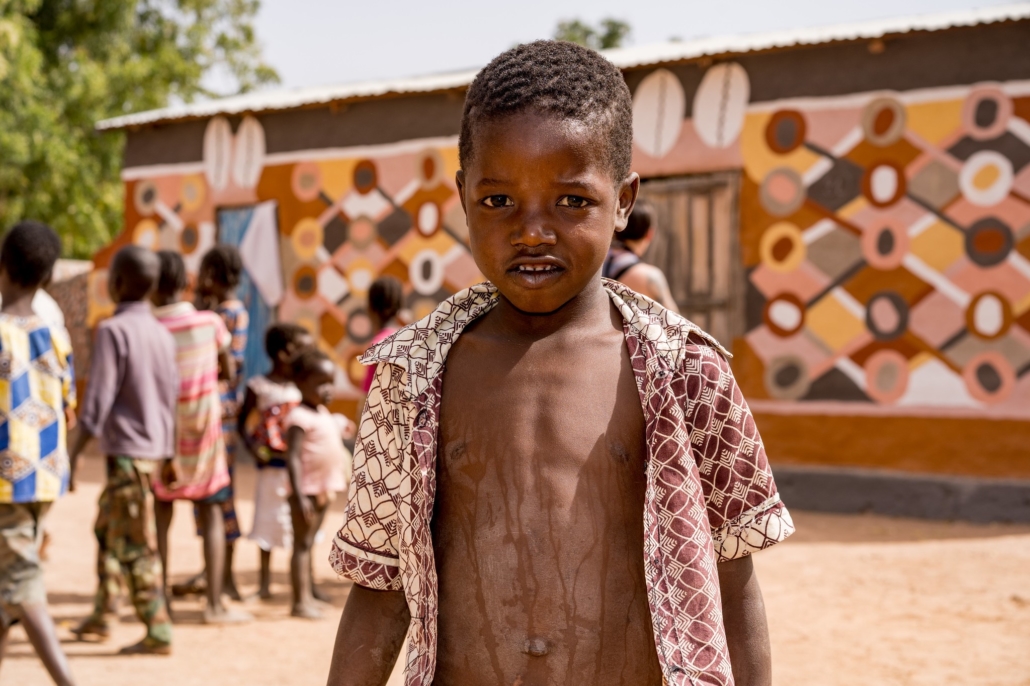10 Facts About Child Labor in Mali

Mali, the eighth-largest country on the African continent, is home to approximately 18 million individuals, more than half of which are children. Historically, Mali has suffered economically due to excessive conflicts between multiple military coups and rebel groups. With 67 percent of the population under the age of 25, children have become the most vulnerable in a nation growing with violence and slavery. These 10 facts about child labor in Mali will detail the country’s history of child labor and how it is combatting it.
10 Facts About Child Labor in Mali
- Approximately half of the Malian population live in absolute poverty making children most vulnerable to hereditary slavery. Mali is one of the 31 landlocked developing countries and one of the 49 least developed countries in the world according to the United Nations (U.N.). The U.N. describes Mali as the “poorest and weakest segment of the international community.” Due to such poverty, children have little to no opportunities that ensure the practice of basic human rights and often become child laborers as a result.
- One of the most important of the 10 facts about child labor in Mali is that Malian children often become child laborers in an effort to bring financial support to their families. Today, 56 percent engage in child labor. The earliest age of a typical Malian child laborer is five while the most common age group is between the ages of seven and 14.
- The Malian government is making an effort to monitor child workers through the implementation of various social programs. The indication that children as young as five have worked, however, proves that the country has inadequately enforced such programs. Some of these programs are the National Policy for Promotion and Protection of Children and a new five-year plan that the Malian Ministry of Justice that Mali adopted in February 2019. The five-year plan will combat trafficking in persons and assimilated practices.
- One in three Malian child labor victims must work in hazardous conditions where they may become exposed to accidents and diseases. According to the U.S. Department of Labor’s Bureau of International Labor Affairs, the most common industries for Mali’s child laborers are agriculture and gold mining.
- Only a mere 54 percent of all Malian children attend school and as a result, most Malian child labors are illiterate. Organiz
ations like UNICEF and Save the Children provide the protection and knowledge these children need to overcome extreme impoverishment. Although Save the Children’s primary focus in Mali is on “revising curricula and enhancing quality in the classroom” for students, it has implemented other effective programs that work with adolescents, primary-school learners and early childhood as well. - According to the U.S. Department of Labor, the Malian government has been unsuccessful at fully implementing the National Plan to Combat Child Labor and other social programs due to insufficient funding. These initiatives were to examine the root problems of slavery in the nation. Moving forward, the government plans to reorganize its funding tactics of several enforcement agencies. The Ministry for the Promotion of Women, Children and the Family (MPFEF) is one of few agencies in Mali responsible for protecting vulnerable children and monitoring any violations of child labor laws.
- Child laborers, boys and girls alike, are often victims of sex trafficking. Approximations state that people sell thousands of Malian children and exploit them within multiple industries across the nation.
- To avoid others from determining Mali a Tier 3 nation, the Malian government agreed to implement more effective programs to help at-risk children from slavery in 2014. This was after failing to distribute anti-trafficking law enforcement efforts in 2012. This effort was not successful as the Mali government failed to prosecute and convict perpetrators of injustice nor did it identify a sufficient number of trafficking victims. Tier 3 nations are countries that do not comply with the minimum standards of the Trafficking Victims Protection Act (TVPA) of 2000 which is monitored by the U.S. State Department’s Office to Monitor and Combat Trafficking in Persons.
- In 2016, the American Bar Association Rule of Law Initiatives (ABA ROLI), with support from the U.S. Department of State’s Bureau of Democracy, Human Rights and Labor, resumed its work in Mali and began programming to combat child labor. Through special training in Timbuktu, lawyers and civil representatives received tools to properly protect potential victims of slavery. Many lawyers and attendees of the training indicated no previous knowledge of the statistics pertaining to forced labor.
- In 2017, Mali raised the overall minimum wage worker’s age to 15 in order to combat child labor according to the U.S. Department of Labor. By doing so, Mali now complies with international standards. Before this transition, Mali had no permanent standards for child workers’ regulations.
Mali continues to struggle as one of the world’s poorest nations. These 10 facts about child labor in Mali illustrate how extreme poverty has driven slavery within the nation. Despite numerous failed attempts to control child labor, Mali has seen some advancement in recent years.
– Danyella Wilder
Photo: Flickr
